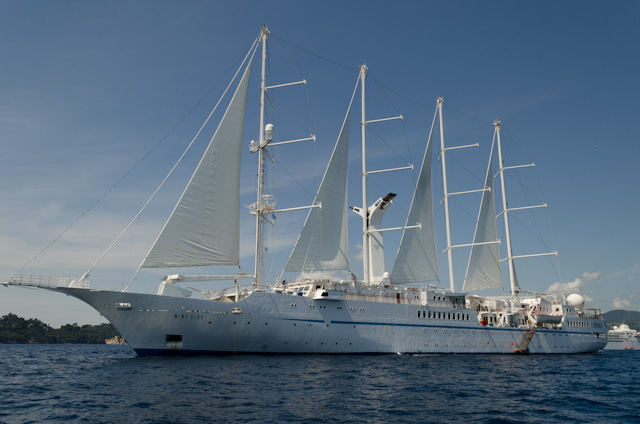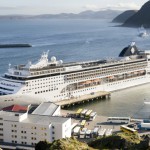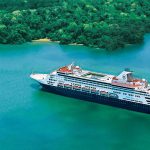We’ll freely admit it: We used to be big ship cruisers.
We’d stand on the railing of our megaship, cocktail in-hand, and watch as a ship less than a quarter of our size pulled up next to us. The size differential was so great that we could actually see into the funnel of the ship, and peer down at the passengers on the deck scurrying around in anticipation of their arrival into port.
Of course, the natural reaction to a sight like that is to develop a sense of smug superiority. Little did we know, however, that the guests on the small ship had a smug sense of superiority too – because they knew what we didn’t.
With their more intimate atmosphere, increased levels of service, flexibility in their itineraries and unique “personalities,” small ships have a tendency to win cruisers over almost instantly. Even experienced cruisers aren’t immune to their charms – including us. After sailing on big ships dozens of times, our first “small ship” cruises were genuinely surprising experiences that raised the bar for what we could expect from an oceangoing cruise.
So why do cruisers flock to small ship cruising time and time again?
There’s a number of reasons.
They’re More Flexible
Simply put, small ships win people over because they can go to places that the big ships can’t. Some areas of the world, like the Galapagos Islands, won’t even allow a ship with a guest capacity of more than 100 to operate in the region. Ships visiting Antarctica also have their passenger counts heavily restricted.
Sure, you can cruise to Antarctica on a megaship, but those sailings are getting to be few and far between – and megaships in the region aren’t allowed to disembark any passengers. 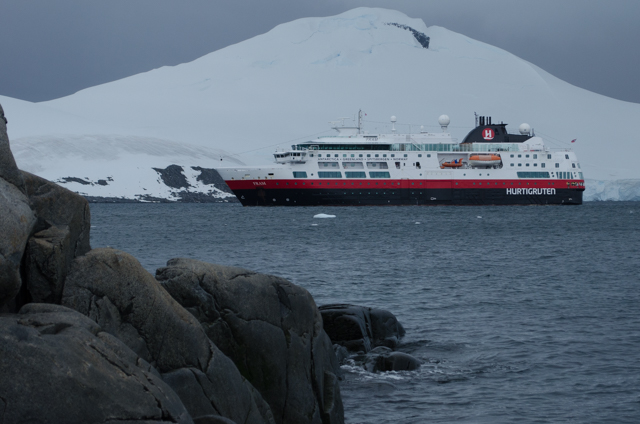
Closer to home in the Caribbean, small ships can seek out ports of call and hidden locales that remain unknown to big-ship cruisers. Our personal favorites? Bequia, St. Vincent & the Grenadines. The polar opposite of mega-ports like St. Thomas, USVI, Bequia is secluded and not overrun by tourists. There’s no Starbucks, and duty-free liquor is scarce. This is the Caribbean as it used to exist.
Small ships also provide a completely different experience in Alaska. On big ships, you’ll spend a morning or afternoon of scenic glacier cruising before stopping on the “big three” ports of Skagway, Juneau and Ketchikan. Small ships, on the other hand, might stop in ports like Wrangell or Petersburg before spending multiple days anchored in the secluded wilderness off Baranoff Island or an extended stay in Glacier Bay.
It’s special, off-the-beaten-path experiences like those that really turn a small-ship cruise into something magical.
They’re More Personable
It all comes down to basic math: The degree of service that can be provided on a ship that only carries a few hundred – or a few dozen – guests is likely to be far greater than on a ship with thousands of crew members and even greater numbers of passengers.
Don’t get us wrong: Service on big ships can be exceedingly good. But you’re less likely to be addressed by name; to have your favorite drink waiting for you when you walk into the bar; and to track down newly made friends without a previously arranged meeting place.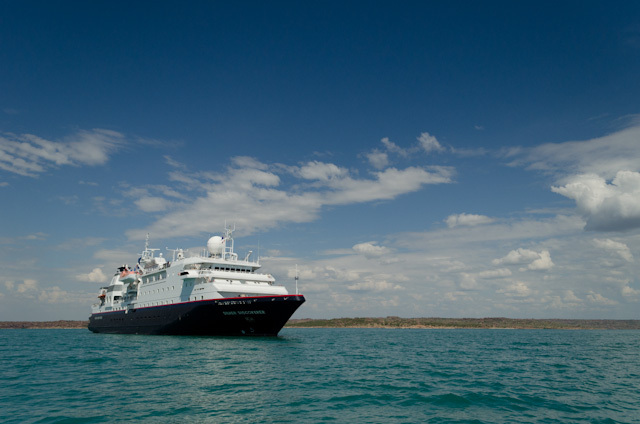
On a small ship, all of this is possible. Because of the vastly reduced passenger count, you become familiar with your fellow guests in a way that just isn’t possible on a large ship with thousands of passengers.
Staff are likely to have a better grasp of what makes you tick as a person, and this frequently translates into excellent service.
Small Ships Are Only Small At the Dock
There’s the old joke that “size doesn’t matter,” and that’s particularly true of small cruise ships. A small ship only feels small at the dock, particularly if it is tied up next to one of the gargantuan megaships that ply the waters in popular destinations like the Mediterranean and the Caribbean.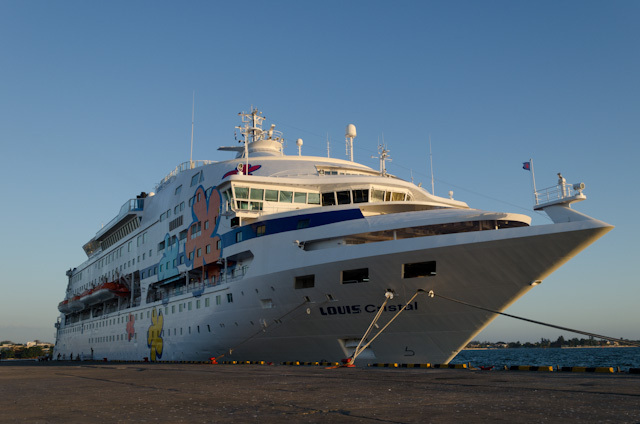
Once you set sail, however, without a frame of reference to compare it to, a small ship looks and feels a lot like a big ship would. It’s true that larger ships (in excess of 1,000 feet in length) can better ride out stormy weather, but otherwise, a small ship behaves exactly as a much larger ship would.
No Cookie-Cutter Designs
In order to satisfy the ever-changing “economies of scale,” new cruise ships are often built in pairs, or even entire classes that can have three, four or even six nearly identical vessels known as “sister ships.” While it might come as a surprising revelation, many larger cruise ships are actually more homogenous than their small-ship counterparts. They cost so much money to build at the outset that general arrangement plans, features, amenities and even décor can vary surprisingly little between successive vessels.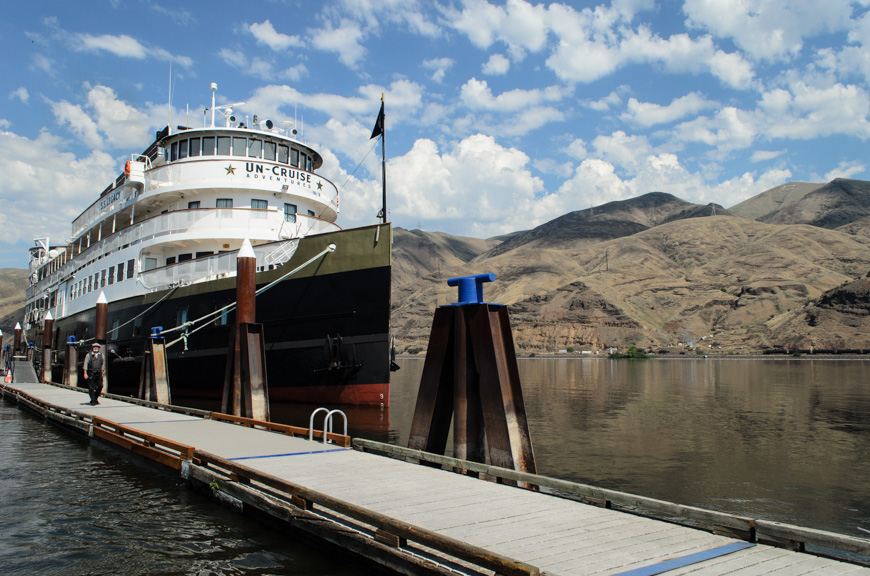
Because of the differences that separate various small vessels, guests will find a multitude of different styles of cruising. Big ships are just that – big ships. There are differences between these to be sure, but the world of small-ship cruising is so diverse that it doesn’t just offer different ships, it offers entirely different experiences altogether.
Small Ships Offer a Wider Array of Experiences
Small ships, by definition, are far more unique than their big-ship counterparts. Sister-ships are less common, leading to more one-off vessels that have different features and amenities from other ships in a particular cruise line’s fleet.
Big ship cruising is fantastic, but it just can’t compete with the level of diversity found aboard small ships — at least not for us.